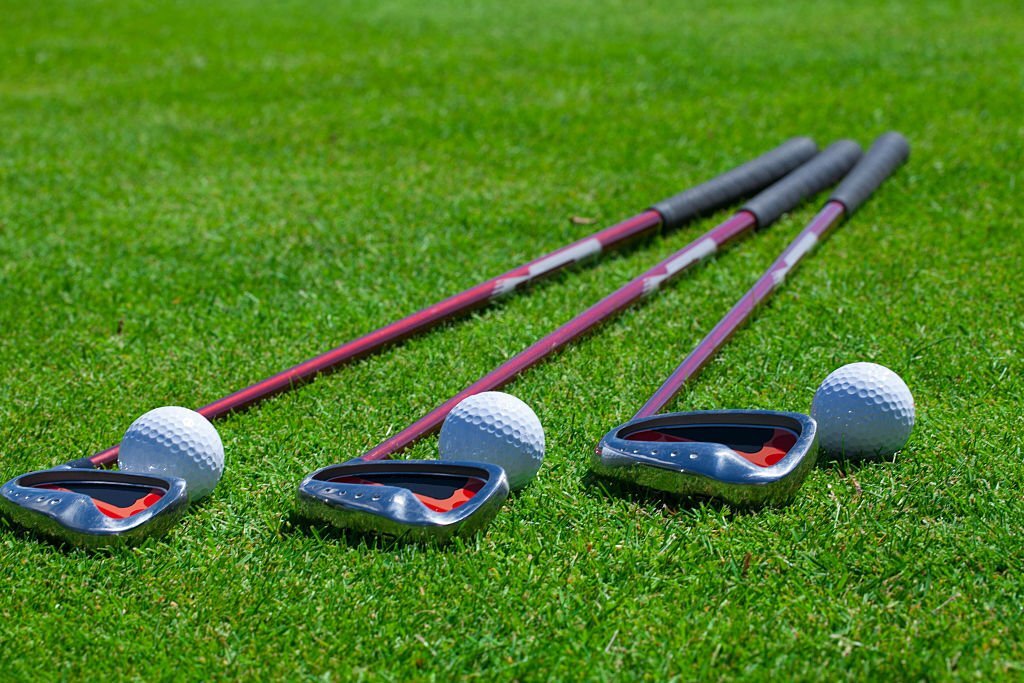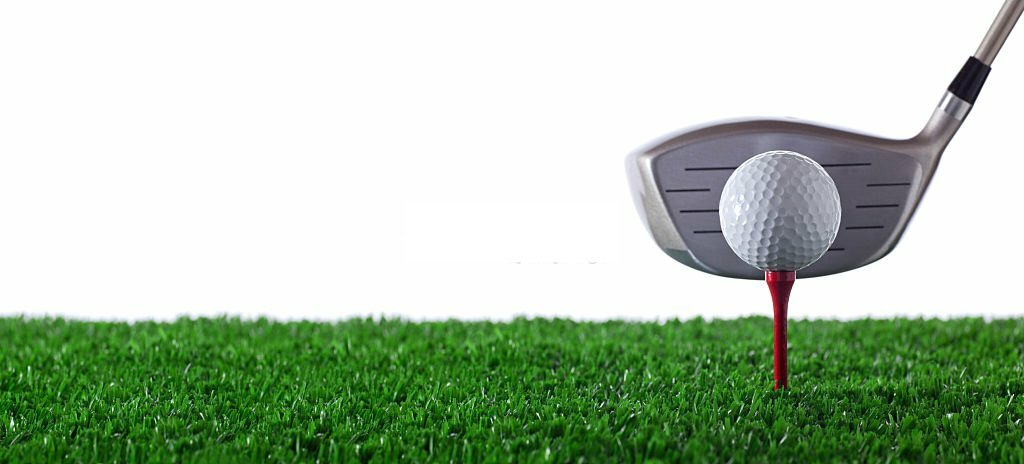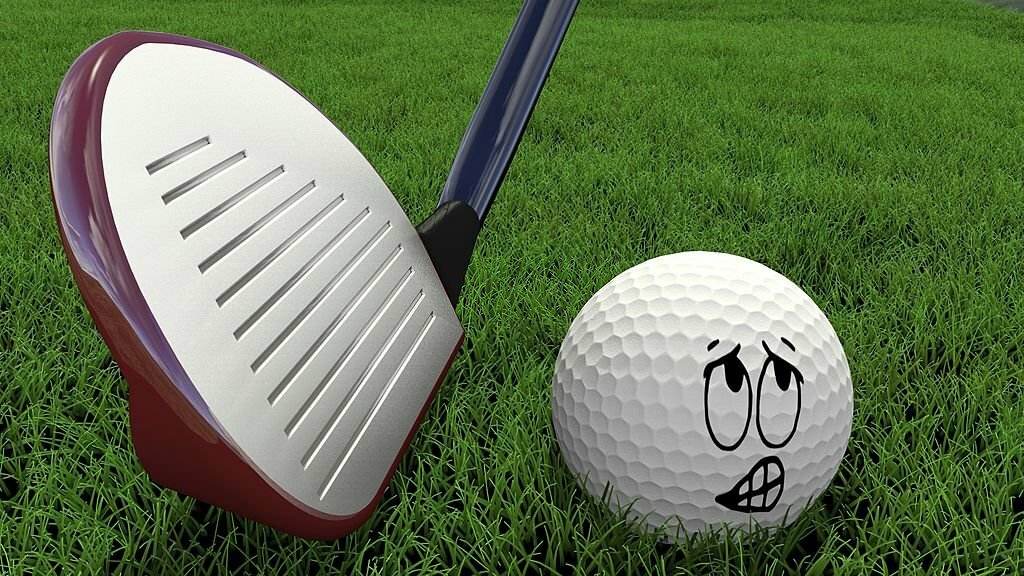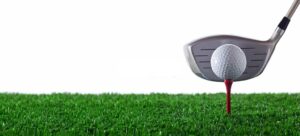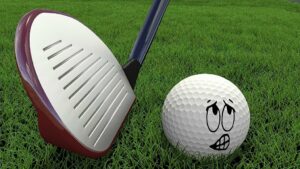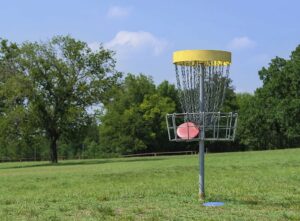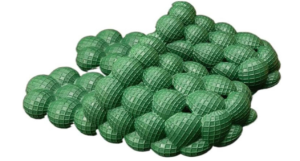Are your golf clubs not performing as well as they used to? The secret to unlocking their potential might just be a simple cleaning technique using WD40. In this blog post, we’ll explore why it’s important to clean your golf clubs regularly, what exactly is WD40, and how you can effectively clean your clubs with this versatile product. Plus, we’ll share some additional tips and considerations for keeping your clubs in top shape. So grab your golf bag and let’s get started!
Why Clean Your Golf Clubs
Cleaning your golf clubs is essential for optimal performance on the course. Over time, dirt and grime can accumulate on the clubhead, affecting its ability to make clean contact with the ball. By regularly cleaning your golf clubs, you can ensure that they maintain their effectiveness and help you achieve better shots. Additionally, cleaning your clubs extends their lifespan by preventing corrosion and rust from damaging the clubheads. Not only does cleaning improve performance and extend lifespan, but it also helps maintain the appearance of your clubs. Keeping them clean and free from dirt not only looks more professional but also shows that you take pride in your equipment. So don’t neglect this simple yet crucial task – take care of your golf clubs by giving them a good cleaning!
Improves Performance
Removes dirt and debris that can affect swing accuracy. A clean clubhead ensures a clear path for the ball, improving your chances of hitting it accurately.
Restores club face grip for better ball contact. By removing dirt and grime from the clubface, you enhance the surface’s ability to grip the golf ball, resulting in more solid and controlled shots.
Prevents rusting and corrosion for smoother swings. Cleaning your golf clubs with WD40 helps protect them from rusting and corroding, ensuring smooth swings every time you step onto the course.
- Removes dirt and debris
- Restores club face grip
- Prevents rusting and corrosion

Extends Lifespan
Protecting your golf clubs from wear and tear is essential to extending their lifespan. Cleaning the clubhead with WD40 not only removes dirt and grime, but also forms a protective barrier against future damage. By reducing the risk of club breakage during play, you can preserve the integrity of your club head for longer-lasting performance on the
Cleans stubborn stains with ease, restoring clubheads to their pristine condition. Adds a brilliant shine, making your golf clubs visually appealing on the course. Prevents discoloration and fading over time, keeping them looking fresh and new.
What is WD40
WD40 is a versatile cleaning product that can be used for numerous purposes. It is primarily known for its ability to loosen rusted or stuck parts, making it ideal for maintaining and cleaning golf clubs. By using WD40, you can effortlessly remove dirt, grime, and debris from your golf clubs, helping to improve their performance on the course. Additionally, WD40 leaves behind a protective layer that helps prevent future rusting or corrosion of your clubs. So if you want to unlock the full potential of your golf clubs and keep them in top shape, give WD40 a try.
Not only does WD40 effectively clean golf clubs by removing dirt and debris, but it also offers other benefits as well. The lubricating properties of WD40 can help reduce friction between moving parts in the clubhead or shaft, resulting in smoother swings and improved accuracy. Furthermore,
the protective coating left by WD40 helps preserve the finish of your clubs over time, keeping them looking newer for longer. So whether you’re an occasional golfer or a seasoned pro,
incorporating WD40 into your club maintenance routine can make a noticeable difference in both performance and appearance
Overview of WD40
Composition and properties of WD40: WD40 is a versatile product composed of a blend of lubricants, solvents, and penetrating agents. It possesses excellent moisture displacement properties and can also provide temporary rust protection. With its low surface tension, it efficiently spreads into tight spaces to loosen stubborn dirt, grime, and grease.
History and origins of WD40: Originally developed in 1953 by the Rocket Chemical Company for industrial purposes, WD40 quickly gained popularity due to its effectiveness as a multi-purpose spray. The name “WD-40” stands for “Water Displacement 40th Attempt,” reflecting the extensive research undertaken before achieving the ideal formula.
Common uses and applications of WD40: The wide range of applications makes WD40 an essential tool in many households. It is commonly used for lubricating squeaky doors or hinges, loosening rusty bolts or screws, protecting electrical components from moisture damage, removing sticker residue or adhesive marks from surfaces without causing damage – making it an invaluable all-around cleaning agent.
Benefits of Using WD40
Effective removal of dirt, grime, and rust from golf clubs. WD40’s powerful formula penetrates deep into the surface of your golf clubs, effortlessly eliminating any accumulated dirt or grime. Say goodbye to stubborn rust spots that hinder your performance on the green.
Protection against corrosion for increased club lifespan. With regular use of WD40, you can shield your beloved golf clubs from corrosion caused by moisture or exposure to the elements. This protective barrier ensures a longer lifespan for your equipment, saving you money in the long run.
Enhanced performance through improved grip and maneuverability. By using WD40 on the grips of your golf clubs, you can restore their tackiness and ensure a firm hold during swings. This enhanced grip translates into improved control and maneuverability on the course, giving you an edge over fellow players.
Say hello to cleaner clubs free from rust and grime while enjoying extended durability and better performance with the help of WD40 – every golfer’s secret weapon!

How to Clean Your Golf Clubs with WD40
Gather your supplies: Before you begin cleaning your golf clubs with WD40, make sure you have all the necessary supplies ready. This includes a can of WD40, a brush or toothbrush for scrubbing, and clean towels or cloth for wiping.
Apply WD40 to the clubface: Spray a liberal amount of WD40 on the clubface to loosen dirt and grime. Allow it to sit for a few minutes so that it can penetrate and dissolve stubborn residue.
Scrub with a brush: Use a brush or toothbrush to gently scrub the clubface, paying extra attention to grooves and hard-to-reach areas. The bristles will help remove any remaining dirt particles and enhance the overall cleanliness of your clubs.
Wipe clean: After scrubbing, use clean towels or cloth to wipe off any excess WD40 from the clubhead. Make sure you remove all traces before moving on to the next step.
Clean the grips: Don’t forget about cleaning your golf club grips! Apply some WD40 onto a towel or cloth and thoroughly rub down each grip. This will not only get rid of dirt but also restore their tackiness for better grip during swings.
By following these simple steps, you can effectively clean your golf clubs using WD40. Remember that regular maintenance is key in preserving their performance and prolonging their lifespan.
Gather Your Supplies
- WD40 spray
- A soft brush
- Clean cloth
Apply WD40 to the Clubface
Spray WD40 on the clubface and let it sit for a few minutes. The WD40 will help to loosen dirt, grime, and rust from the surface of the clubface, making it easier to clean.
Scrub with a Brush
Use a soft brush to scrub the clubface, paying attention to grooves and crevices.
- Gently scrub in circular motions
- Use a mild soap or cleaning solution for tougher dirt or stains.
Wipe Clean
Use a clean cloth to wipe off excess WD40, making sure to remove all dirt and grime in the process.
Clean the Grips
Spray WD40 on a clean cloth or paper towel, then rub down the grips thoroughly. This will remove any dirt and grime, leaving them clean and ready for use.
Additional Tips and Considerations
- Be mindful of the frequency in which you clean your golf clubs with WD40. While it can be effective in removing dirt and grime, excessive use may lead to a buildup that could affect the club’s performance.
- When using WD40 on your golf clubs, take care to avoid spraying directly onto sensitive areas such as grips or shafts. Instead, apply the solution to a cloth or brush before gently wiping or scrubbing the club surfaces for optimal results.
These tips will ensure that your golf clubs remain clean and well-maintained without causing any unintended damage. Plus, they’ll help you get the most out of this versatile product by exploring its other potential uses beyond cleaning!
Frequency of Cleaning
Why regular cleaning is important:
- Regular cleaning of your golf clubs helps to maintain their performance and prolong their lifespan.
- Dirt, grass, and debris can accumulate on the clubheads over time, affecting the accuracy and distance of your shots.
- Cleaning also prevents rust from forming on the clubheads, which can cause damage to the metal.
How often should you clean your golf clubs?
- It is recommended to clean your golf clubs after every round or at least once a month if you play frequently.
- However, if you notice signs of dirt buildup or decreased performance during a round, it’s best to clean them immediately.
Signs that your golf clubs need cleaning:
1. Loss of distance: If you notice a decrease in the length of your shots without any change in swing technique, it could be due to dirty clubfaces reducing ball spin.
2. Difficulty with control: If you’re finding it harder than usual to hit accurate shots with consistent trajectory and shape, dirt on the grooves may be disrupting contact between ball and face.
3. Visible dirt or debris: Obvious signs like mud caked onto clubheads or grass stuck in grooves indicate that it’s time for a thorough cleaning.
Remember that proper maintenance goes hand-in-hand with improving your game. By regularly cleaning your golf clubs with WD40 or other suitable products, you’ll ensure they perform optimally when out on the course.

Avoiding Damage
When using WD40, there are certain precautions you should take to avoid damage. First, make sure to apply the product in a well-ventilated area to prevent inhalation of fumes. Additionally, keep WD40 away from open flames or sparks as it is highly flammable.
To clean effectively with WD40, use the proper technique. Apply a small amount of WD40 onto a cloth and gently wipe down the surface you want to clean. Avoid excessive rubbing or scrubbing as this can cause damage or scratches.
Lastly, be mindful of the materials and areas where you apply WD40. Avoid using it on rubber surfaces as it can cause them to deteriorate over time. Also, steer clear of electrical components and delicate fabrics that may react adversely to the product.
By following these precautions and techniques when using WD40 for cleaning purposes, you can ensure that your golf clubs remain in top condition without causing any damage along the way.
Other Uses for WD40
Removing rust and corrosion from clubheads is a breeze with WD40. Simply spray it on, let it sit for a few minutes, then wipe away the grime with a clean cloth. Your clubs will look brand new in no time.
Don’t let squeaky wheels ruin your golf game. Use WD40 to lubricate moving parts on golf carts or trolleys for smooth and silent rides around the course.
Protecting metal surfaces from moisture and oxidation is crucial to prolonging the life of your golf equipment. Give them a quick spray with WD40 after each use to keep them looking pristine and performing at their best.
